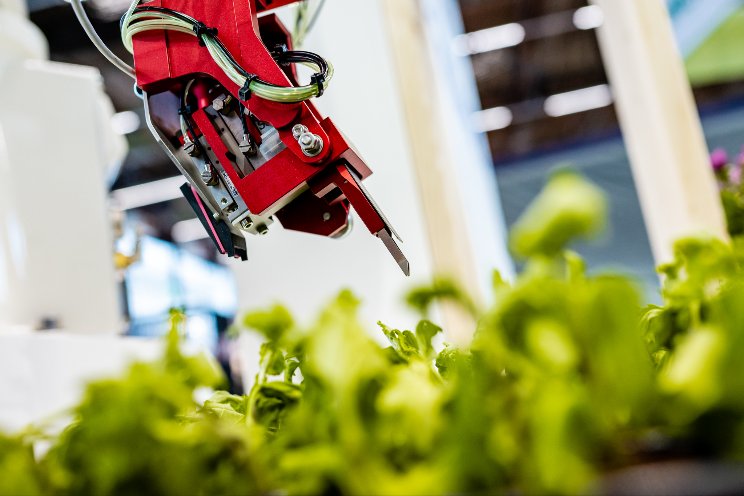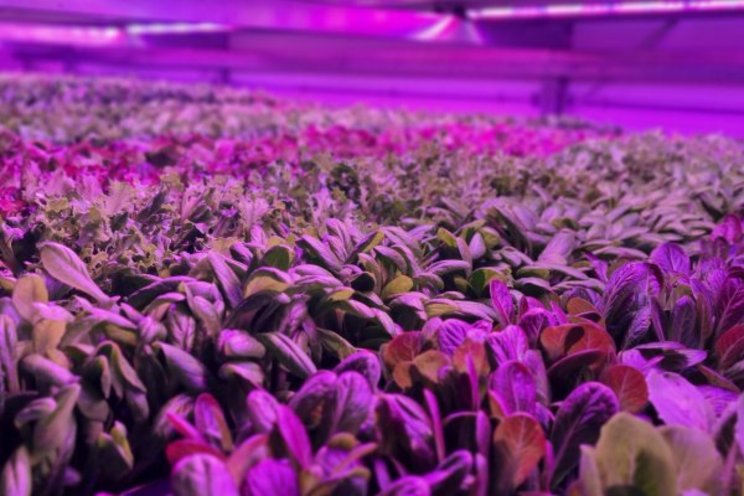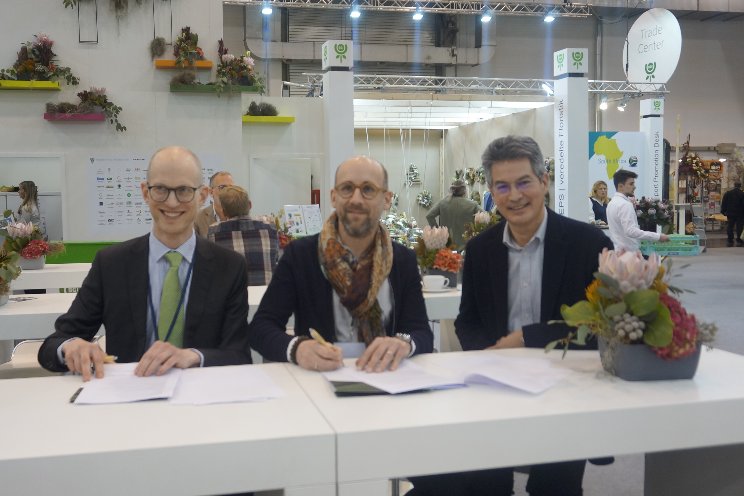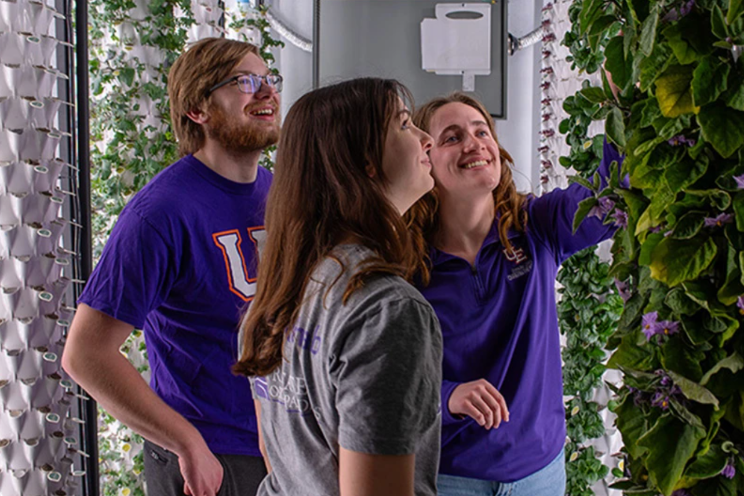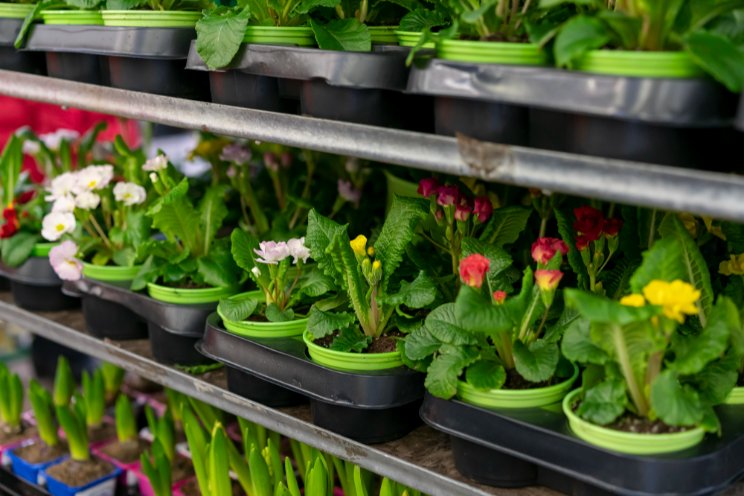Improving photosynthesis to fight climate change
Added on 02 March 2023

By Albert Liu
Recently, the IGI announced an ambitious new project to supercharge the ability of plants and soils to capture carbon from the atmosphere with the goal of using genomic tools to help fight climate change. A key part of this plan relies on improving photosynthesis in crop plants, so we wanted to take a deeper look at this topic. What does it mean to improve photosynthesis, and why do we think we have the ability to do so now?
How Does Photosynthesis Work?
Photosynthesis is an ancient process and an ingenious innovation. By taking up carbon dioxide and converting it into sugar, early single-celled organisms were able to turn very little – light energy and air – into life. Over time, photosynthesis filled our atmosphere with oxygen and evolved aquatic microorganisms into complex land plants: two crucial events that shaped the planet we live on today.
To dive deeper into how photosynthesis works, let’s shine a little light on a part of the cell called the chloroplast. Like mitochondria, chloroplasts are a ″powerhouse″ of the plant cell, responsible for making energy. They contain the pigment chlorophyll, which gives plants, algaes, and other photosynthetic organisms their characteristic green hue.

The green dots inside these plant cells are chloroplasts.
Chlorophyll captures light energy from the sun. This makes two things happen: 1) the release of oxygen from water molecules into the air we breathe, and 2) accumulating energy that can be used to power other cellular reactions. The main reaction this energy is used for is actually making and storing more energy through carbon fixation. In carbon fixation, plants take carbon dioxide out of the atmosphere and use it to make sugar. Plants use sugar as a way to store up energy – think about the energy rush you can get from eating candy! RuBisCO is the enzyme responsible for carbon fixation and has long been the focus of photosynthesis engineering research. You can see an overview of photosynthesis here or learn about it more in depth here.
Why Engineer Photosynthesis?
Two big changes are occurring at once, with big implications for our food system.
Photo: Krishna Nyogi holding genome-edited plants. Courtesy of Ag News
More news

